Samsung Galaxy S8 and Galaxy S8+ hands-on: there's never been smartphones like these before
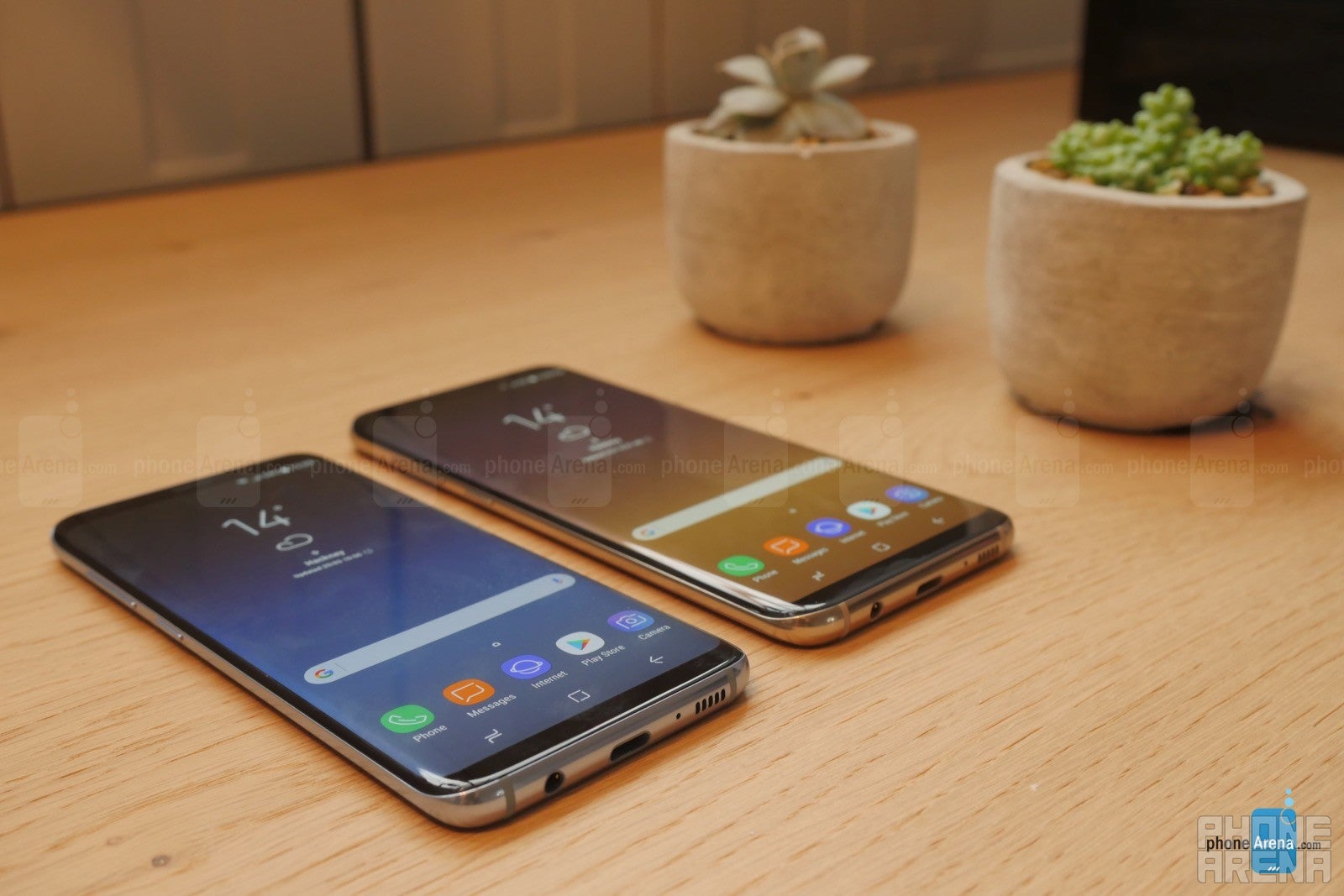
We have spent some time with the new S8 and S8 Plus. Here are our impressions!
Do the Galaxy S8 and Galaxy S8+ manage to pull off that balance? Has Samsung risked going too far with “new and different?” We've spent some early hands-on time with both phones in order to get to know them, form some initial opinions, and hopefully get to the bottom of addressing those concerns.Design
The shape of smartphones is changing, and Samsung's helping to lead the way with the GS8 and GS8+. For years, we've seen manufacturers push further and further towards the idea of bezeless phones – those with expansive screens that do all they can to stretch across the entire surface of a handset's face. Samsung's curved-edge displays have already been a very noteworthy step in that direction, but these new phones go further for Samsung than ever before towards realizing that mission.
A large part of that is the new extra-tall shape of the screens, with aspect ratios that push past the familiar 16:9, and even the 18:9 of the LG G6, to a preposterously tall 18.5:9. The end result is a phone with just bare slivers of non-screen space at the top and bottom.
Instead, Samsung's joined the on-screen virtual-Android-button party, but not without throwing one very important bone to users who will miss the home button: some haptic feedback that delivers a satisfyingly clicky response to each tap of that virtual button. It's not quite the same (and how could it be), but like we saw on the iPhone 7, it may be just enough to keep users happy.
As for the bodies of these phones, we're looking at smooth curves, sleek glass back panels, and a design that feels very “Samsung” while still looking fresh. Samsung's not ditching headphone jacks just yet, and like we saw on the Note 7, USB Type-C connectivity makes a return. Another Note 7 holdover is the GS8's iris scanner, letting users unlock the phone with their eyes. And if that's not your thing, the fingerprint scanner hasn't disappeared, but instead been relocated around back.
Comparing the Galaxy S8 and Galaxy S8+, it's interesting to see Samsung embrace the idea that the only thing separating these phones should be their size. While last year you were choosing between the flat-screened GS7 or curved-screen GS7 edge, this time it's curved or nothing; all you have to decide is if you want a 5.8-inch or 6.2-inch display.
Display
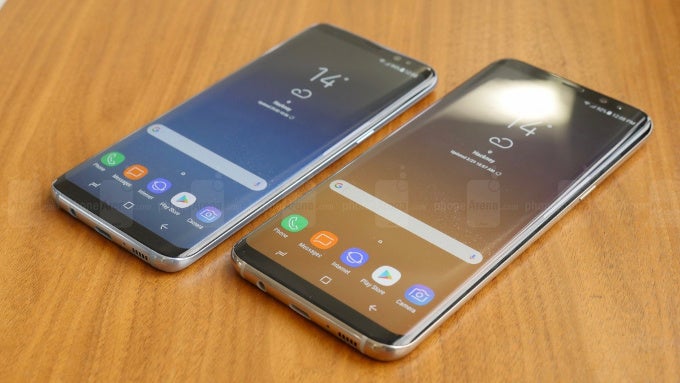
Samsung's calling the super-tall screens on the GS8 family its Infinity Display, and while this isn't quite a bezel-free experience, we very much understand why the name fits. The curved-glass AMOLED panels are unlike anything we've seen on a smartphone before, and the prestige from having a phone that doesn't quite look like anything else out there is bound to drive a few sales.
Both phones share the same 1440 x 2960 resolution, and as we'd only expect from Samsung screens, the image quality is very impressive. We'll have to take these models back to our lab and run a full diagnostic, but we definitely like what we're seeing from these first hands-on interactions.
Probably the biggest challenge with these odd new screens is how to reach all the way across them. Now with the GS8, we have the benefit of a phone that's slightly narrower than the GS7, helping you to stretch from edge to edge. The GS8+, meanwhile, is a bit wider than the GS7 edge. But even if everything there were still equal, we now have much taller screens to contend with. When we're dealing with screen-side elements, like the notification shade, that has the potential to cause trouble, and even with the smaller GS8, we struggled to pull it down one-handed.
User Experience
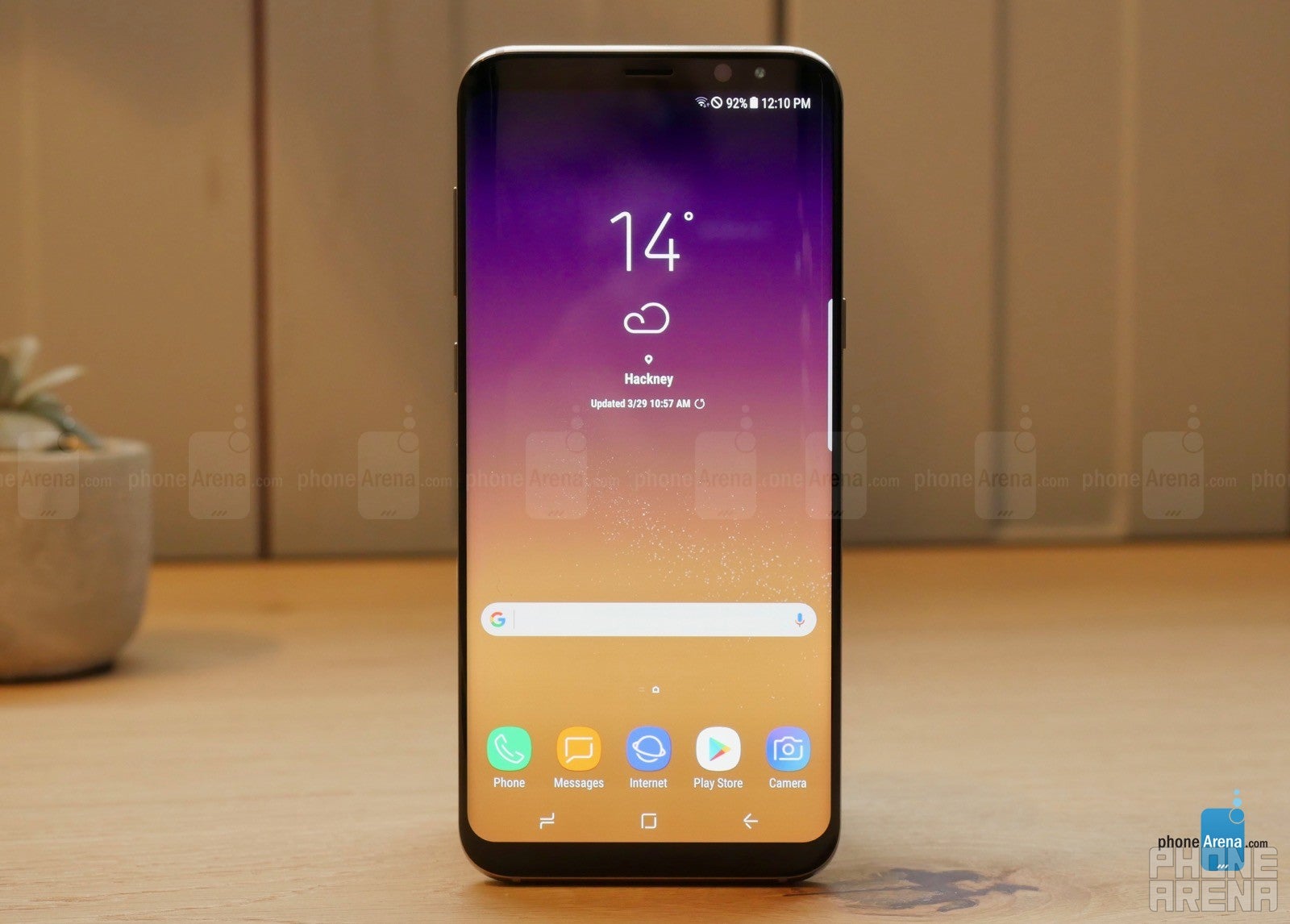
The most interesting thing happening to Samsung's software on the GS8 and GS8+ is the arrival of Bixby, the company's new voice-driven virtual assistant. Samsung's betting so heavily on Bixby that it's even introducing a dedicated hardware button on the edge of these phones, giving users an always-there way to access the service.
You've no doubt already used a smartphone virtual assistant or two, and Bixby is largely cut from the same cloth as its competition: it will perform web searches, help you find products, remind you of upcoming items on your schedule, and the like. But Bixby goes beyond those others with the extent to which it empowers hands-free usage.
Samsung envisions a world where anything you can do with touch, you can do with your voice, and while the demos we saw came in somewhere short of total voice control, there's a lot of groundwork there to help Samsung follow through on that goal.
There's ample potential here, and Samsung sure seems like it's making the right investments in keeping Bixby a priority, but we're very much going to want to spend a lot more time to see what it can (and can't) do.
Looking at hardware for a moment, both phones run the latest 10nm-process chips, are equipped with 4GB of RAM, and offer 64GB storage with the option for microSD expansion.
Camera
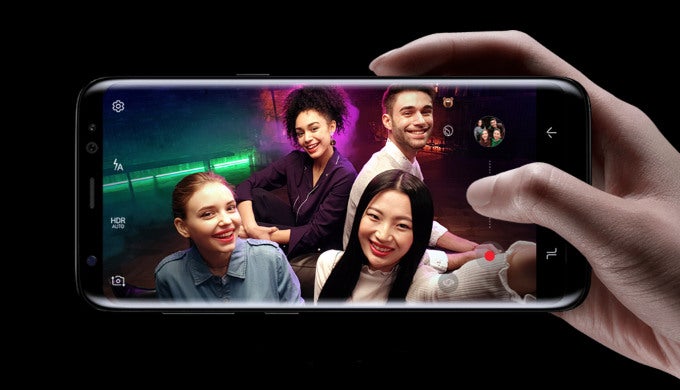
For all the GS8 and GS8+ are doing new, Samsung's camera upgrades are seriously conservative. Both phones land with the same kind of 12MP f/1.7 Dual Pixel cameras we saw on the GS7. Then again, that worked really last year, so we can't help but think, “why fix what ain't broken?”
While it's old hardware around back, the front-facers get an upgrade to 8MP sensors, while also picking up face-tracking auto-focus.
Battery
More efficient 10nm processors should contribute to battery life
Last year Samsung gave the GS7 and GS7 edge 3,000mAh and 3,500mAh batteries, respectively. Now we've got bigger screens, with half a million more pixels, and … we're still looking at those very same battery capacities for the GS8 and GS8+.Expectations
Your feelings about Samsung and its phones notwithstanding, one thing you can't accuse Samsung of with the Galaxy S8 and S8+ is playing it safe. These phones aren't just Samsung's latest, but bold, challenging handsets that seek to change what we ask from our mobile devices.
Every year we show you plenty of concept phones, whether fan renders or tech-demos from various trade shows. With the Galaxy S8 and S8+, it feels like you're actually taking one of those phones-of-the-future home with you.
But for as impressive as the designs of these phones are, and how we can't take our eyes off those expansive Infinity Displays, it takes more than artful sculpting, next-gen fabrication, and one of the biggest brand names in smartphones to make a handset a winner.


Invalid image meta
Read more...
Follow us on Google News









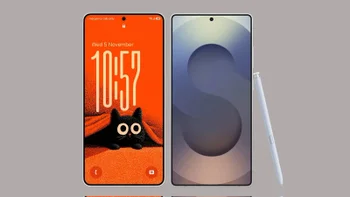
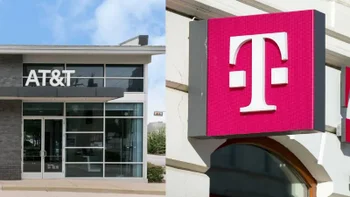
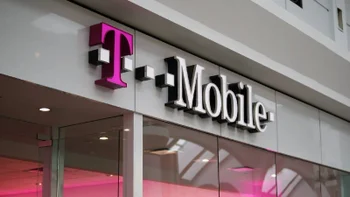

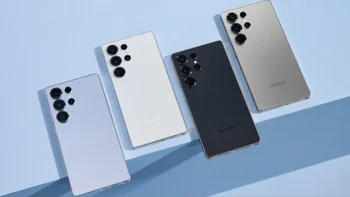
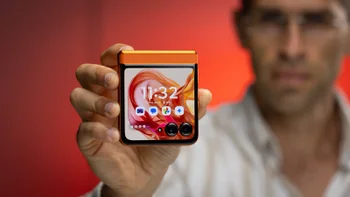
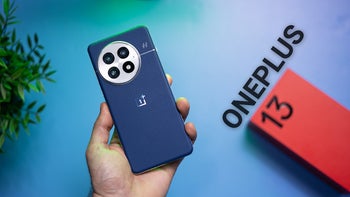
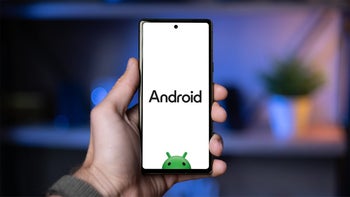
Things that are NOT allowed:
To help keep our community safe and free from spam, we apply temporary limits to newly created accounts: